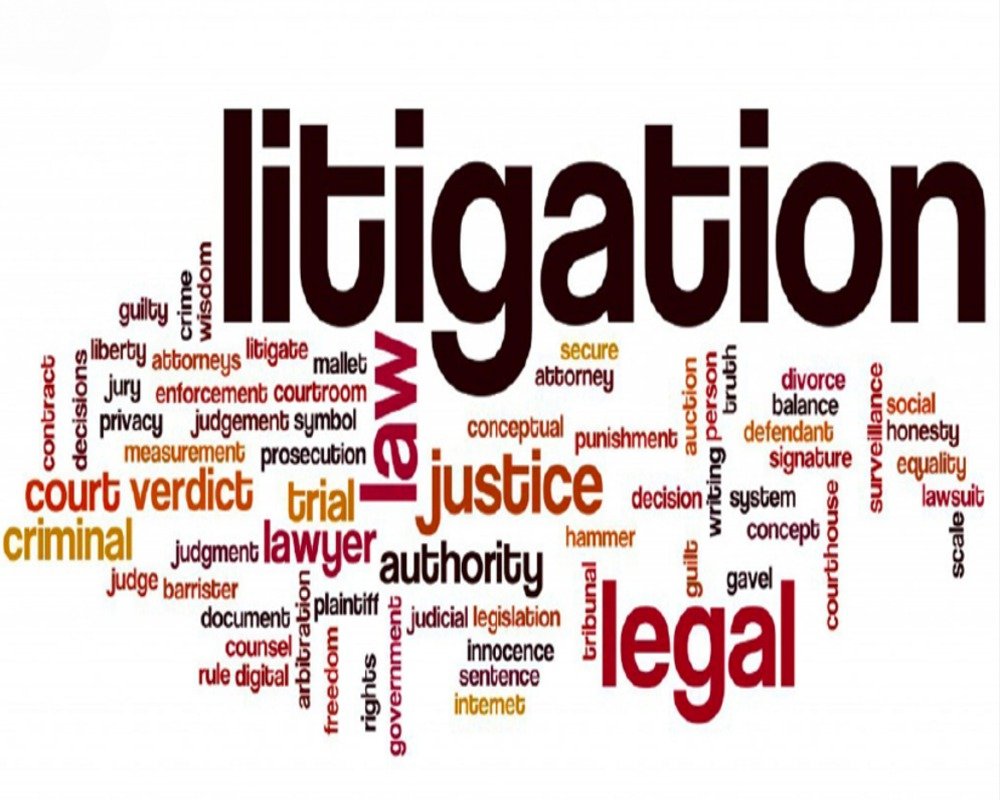1. Reduces Marketability and Buyer Confidence
Environmental litigation attached to a land parcel creates legal uncertainty that:
- Deters potential buyers or investors due to the risk of future restrictions
- Makes the property less attractive in competitive markets
- Leads to delays in transaction finalization or project approvals
Buyers often seek litigation-free titles to avoid inheriting unresolved liabilities.
2. Triggers Value Depreciation
Litigation related to environmental issues such as pollution violations, illegal landfills, or encroachments can significantly reduce the land’s perceived value:
- Properties under dispute often sell at a discounted rate
- Buyers factor in potential remediation or legal costs
- Lending institutions may lower the property’s valuation, affecting finance availability
Market perception shifts negatively when a land parcel is flagged for ecological non-compliance.
3. Limits Regulatory and Project Approvals
Environmental litigation can stall or cancel key development approvals such as:
- Environmental Clearance (EC) from MoEFCC or SEIAA
- Consent to Establish/Operate (CTE/CTO) from State Pollution Control Boards
- Building plan sanctions and zoning compliance certificates
This hinders redevelopment or resale for commercial/industrial use, especially in regulated zones.
4. Delays Transaction Timelines and Increases Legal Costs
Properties under environmental litigation often involve:
- Extended due diligence and third-party legal reviews
- Demand for indemnity clauses and legal assurances
- Disputes over remediation responsibilities or compensation
These factors prolong negotiation and add to legal and administrative expenses, discouraging quick sales.
5. Restricts Financing and Mortgage Options
Banks and financial institutions are generally reluctant to finance properties involved in legal disputes, especially those tied to environmental violations. This results in:
- Difficulty in securing buyer loans or construction finance
- Increased scrutiny during loan underwriting and valuation
- Demand for additional collateral or guarantees
Lack of financing options narrows the pool of eligible buyers, reducing resale prospects.
6. Creates Long-Term Uncertainty About Land Use
Litigation outcomes can lead to:
- Restrictions on land use or development intensity
- Orders for land restoration, reforestation, or decontamination
- Complete or partial revocation of industrial or commercial licenses
This undermines the land’s future potential, affecting buyer planning and feasibility assessments.
7. Exposes Seller and Buyer to Regulatory Penalties
If the litigation relates to prior violations, both current and future owners may face:
- Fines, cleanup orders, or demolition notices
- Scrutiny under environmental laws like the Environment Protection Act, Water Act, or Air Act
- Investigation or blacklisting by regulatory bodies or industrial development authorities
Such risks lower buyer interest and raise reputational concerns around the asset.




